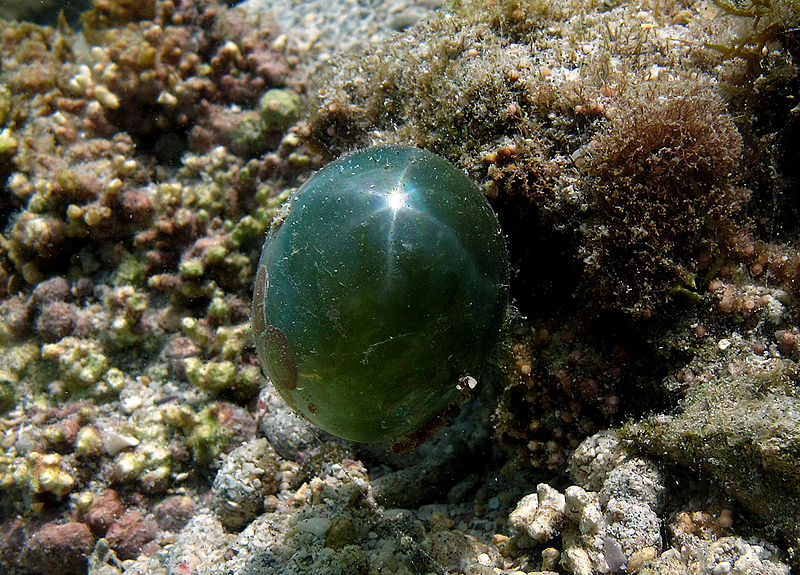May 26, 2022
Fun Fact: The largest single-celled organism is an alga called Sailor’s Eyeballs.
Valonia ventricosa is found in tropical and subtropical ocean regions around the globe, and is one of the largest, if not the largest, single celled organisms. It is coenocytic, with several cytoplasmic domains, each with its on nucleus and set of chloroplasts, connected by cytoplasmic “bridges” of microtubules. Thanks to this structure, the single cell can grow up to 9 cm in diameter. Pretty impressive considering you need about 5 million cells to make a fly.
Because V. ventricose is such a large cell, it has been used by scientists to study the transfer of water and other fluids across biological membranes. These studies help us understand more about cellulose, the main component of the cell walls of algae and plants. It also has an unusually high electrical potential relative to the seawater around it, although no one is sure why.
And just in case you were wondering (because I know you are): yes, you can eat it, and no, it does not taste good.

